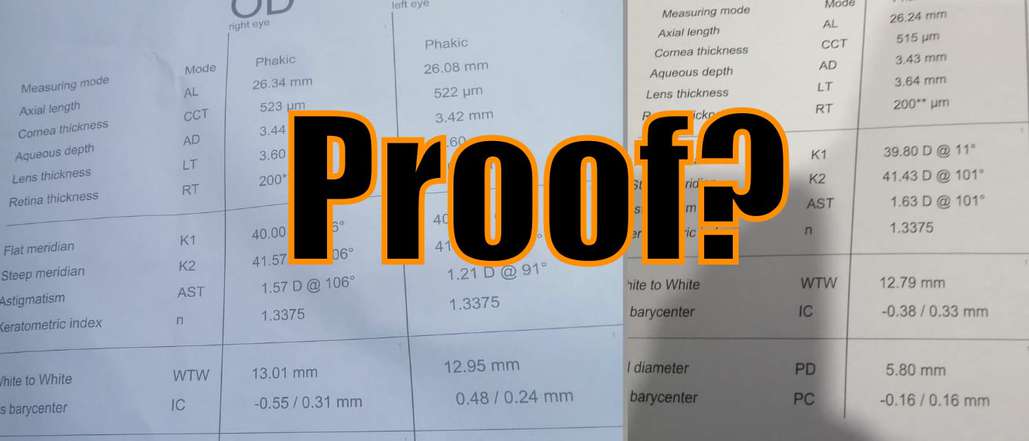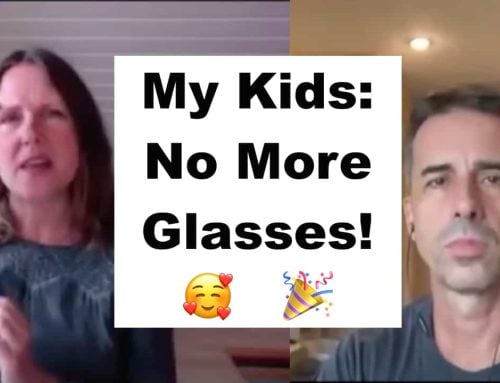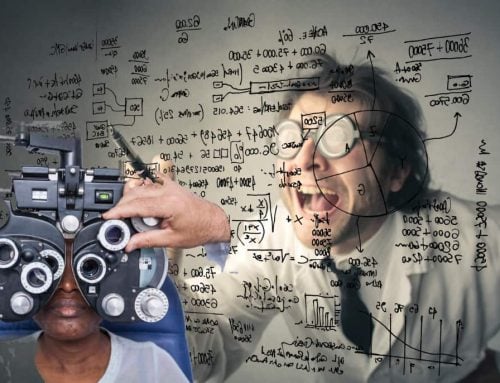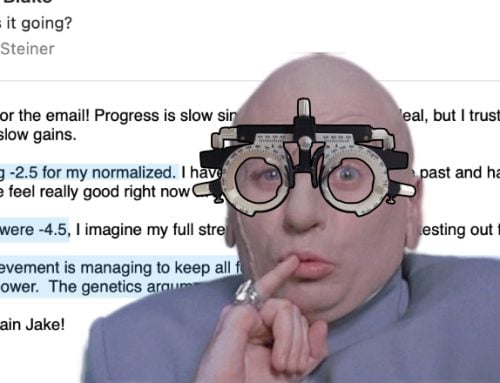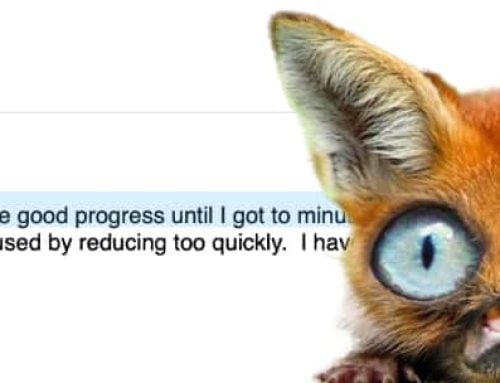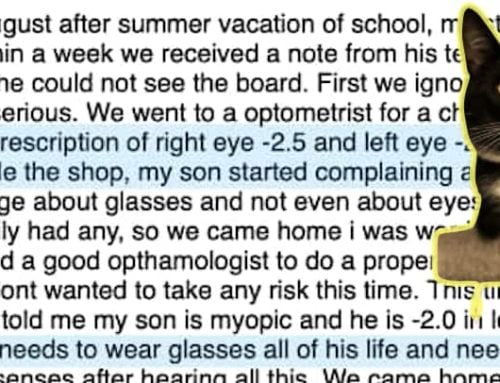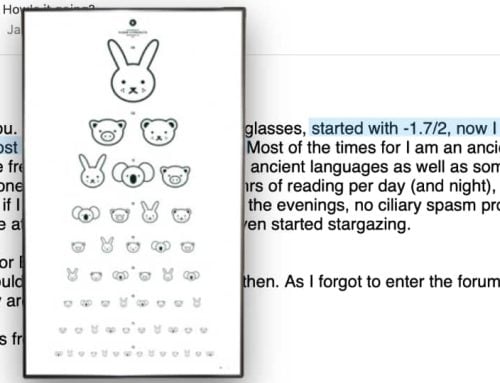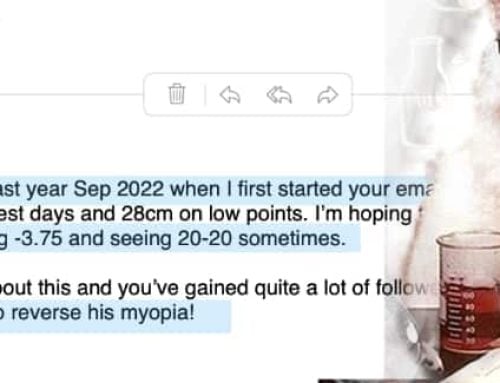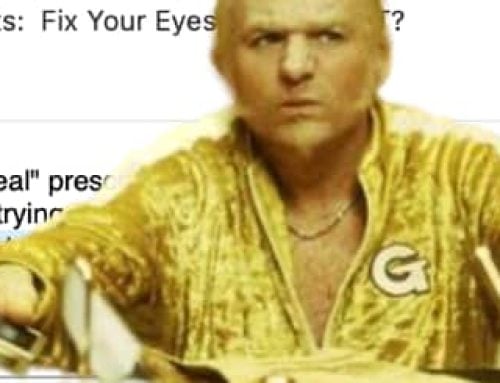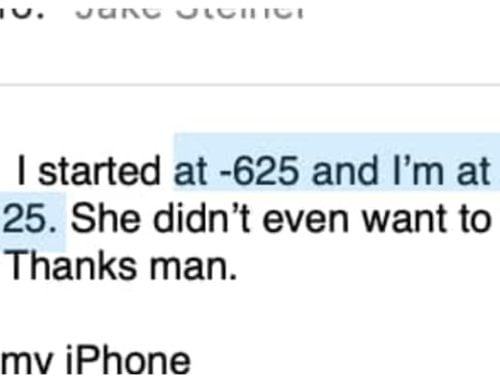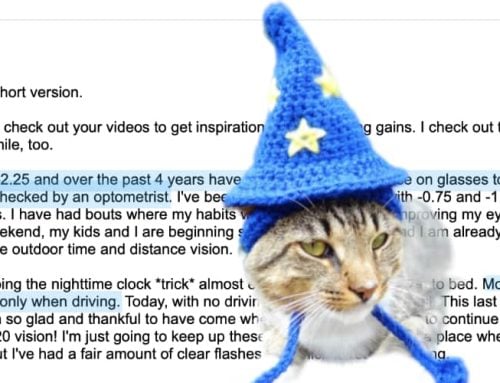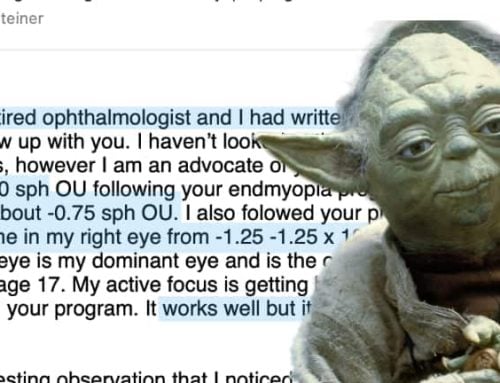We pontificate here quite a bit on axial length reduction being the underlying biology change associated with our improving eyesight.
Pontificate. That’s the key word here.
We don’t really know. Because we’re not even real scientists or professionals or funded by some lens manufacturing interests or otherwise well enough organized to conduct proper studies.
What we are is heathens. Having personal experiments.
Nonetheless, heathenry as it may be, we have axial length related resources in the wiki. I also point out studies here and here and here.
Really, who cares. It’s all debatable. The mission of endmyopia is to sow discontent among retail optometry fleeced customers. Discontent, dissent and questions and also figuring out actionable tools to improve your eyesight. Whether or not we have the ‘why this happens’ part correct, is secondary. Interesting, but secondary.
With ole Jakey you’re looking at a dude who’s got nothing to gain (besides 20/20 but already been there, done that) and also nothing to lose from this process. Either way.
Here’s Tyler’s update from over in our Le Meow forum:
Hey guys thought I’d share something interesting below I’ve attached results from my 1st biometry from around 1 year ago and then the results I’ve just gotten today.
Looks like there’s been a measurable change in the axial length of the eye reducing respectively by 0.08 mm in the left eye and a whole 0.1 mm in the right eye.
There’s also a few other measurable changes in the dimensions of the eye.
Sure the results might be slow but they’re definitely there.
Remember guys myopia can only get worse and never get’s better.
Now, is this proof of any sort?
F*ck no.
The only thing this proves is that the beard is glorious and full of wisdom, and that there are screenshots of papers with numbers on it. If you’re a member of Le Meow, here’s the original thread.
You do you. Maybe that includes 20/20 gains.
Cheers,
-Jake

